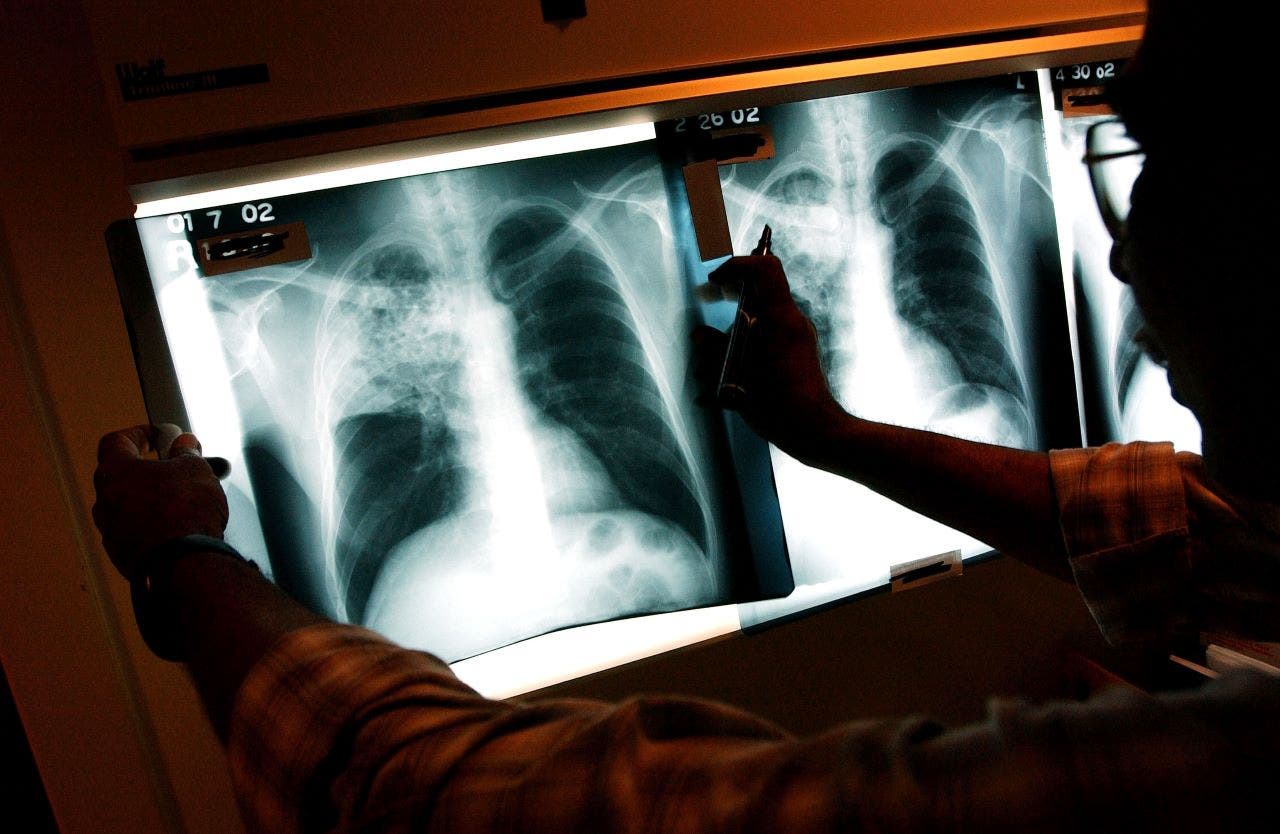I’ve followed the general outlines of artificial abiogenesis experiments for decades now, but I did not see this coming. (And my apologies to any actual biologists who knew about this line of reseach ages ago and find this old news.)
First some background:
As far back as 1952, the Miller-Urey experiments showed that zapping ordinary primitive chemicals such as methane (CH4), ammonia (NH3), hydrogen, and water could produce a wide variety of amino acids, the building blocks of proteins.
It is also easy to show that simple lipids tend to self-organize to form double-layered cells, creating compartmentalized environments in which isolated chemistry can proceed.
And RNA molecules also tend to easily self-assemble from basic nucleic acids. They even can evolve to become self-catalyzing, becoming good at producing RNA catalysts that are good at assembling new RNA catalysts.
All of that leads to the RNA-world hypothesis which posits that early cells used self-assembling lipid membranes to confine RNA catalysts that could self perpetutate by making similar RNA molecules.
From there, evolution kicks in and things like DNA and protein synthesis can take over to more efficiently and flexibly fill roles filled until then by RNA molecules.
That line of experimental progress can be viewed as basically replicating in a lab what we think happened billions of years ago in nature.
Some explorations that follow straightforwardly from that:
There are no fundamental laws of nature that restrict us to just recapitulate what happened in nature. By the very essence of evolution, what we see in the world occurred somewhat by chance, and other possible evolutionary paths not followed might also have worked, equally well or even better.
For example, there have been experiments tinkering with the basic genetic code, shared by essentially all life on earth, that maps nucleic acid triplets to amino acids. The result is organisms that use artificial codes not seen in nature, including codes for amino acids not normally seen in nature, in cells fully capable of living and reproducing.
What I did not see coming:
A ubiquitous feature of cells is an internal cytoskeleton that gives them shape and the ability to move themselves around or to transport molecules within them.
In nature, these cytoskeletons are networks of interlocking proteins in which actin (a muscle protein) plays a major role.
But the following paper describes experiments that keep actin but replace some of the other proteins with DNA structures. (Whaaaat???)
This is really outside-the-box thinking. Kudos to those who even imagined this as a possibility:
Nature: Designer peptide-DNA cytoskeletons regulate the function of synthetic cells
To me, this seems to be a macro-evolutionary step on a par with DNA and proteins replacing RNA in early cell evolution — not just tinkering with the way some things are encoded but exploring an entirely new class of chemical foundations for living cells.
I can’t even guess what the medical applications could be — it’s a whole new ballgame.
The final sentence of the paper is
We expect designer peptide–DNA architectures to enable the introduction of emergent properties into synthetic cells and enhance their functionality.
“Emergent properties” is a shorthand way of saying new weird stuff that no one can fully appreciate yet. Automobiles, trains and aircraft were based on emergent properties of the first steam engines. And the structures of modern cities has been based on emergent properties of those inventions. TV networks emerged from early technology based on wireless transmission of an image. Social media were an emergent property of computer networks. Bitcoins were an emergent property of cryptographic technology.
If you had new ways of shaping cells, moving them and talking to them, what could you imagine doing with those options?
We live in interesting times.

Rachel Carter is a health and wellness expert dedicated to helping readers lead healthier lives. With a background in nutrition, she offers evidence-based advice on fitness, nutrition, and mental well-being.



:max_bytes(150000):strip_icc():focal(749x0:751x2)/blake-lively-sarah-jessica-parker-kate-moss-best-met-gala-looks76-0503202405032024-d7c0c7b373324ea8a412907faaccd9c1.jpg)



